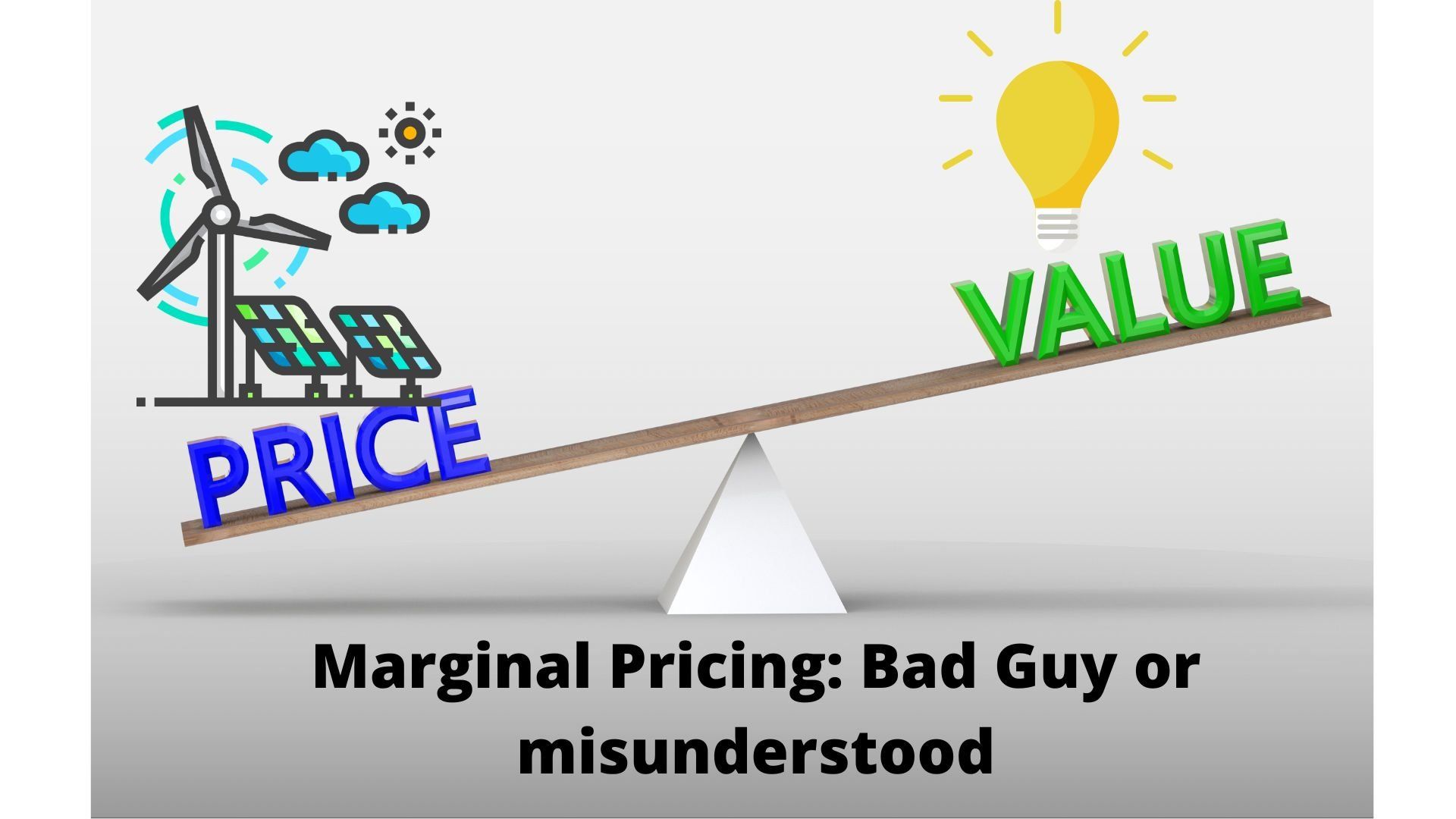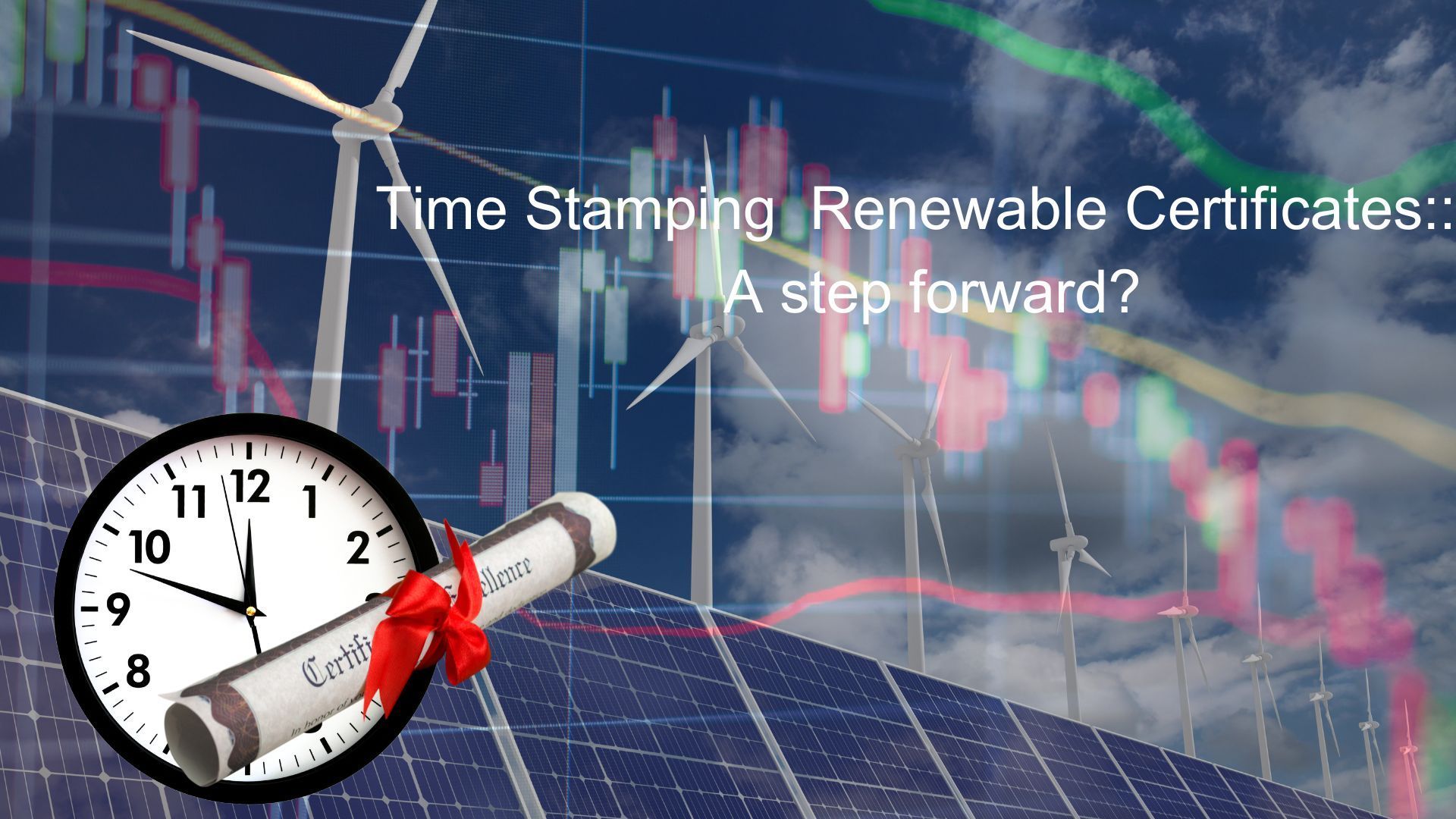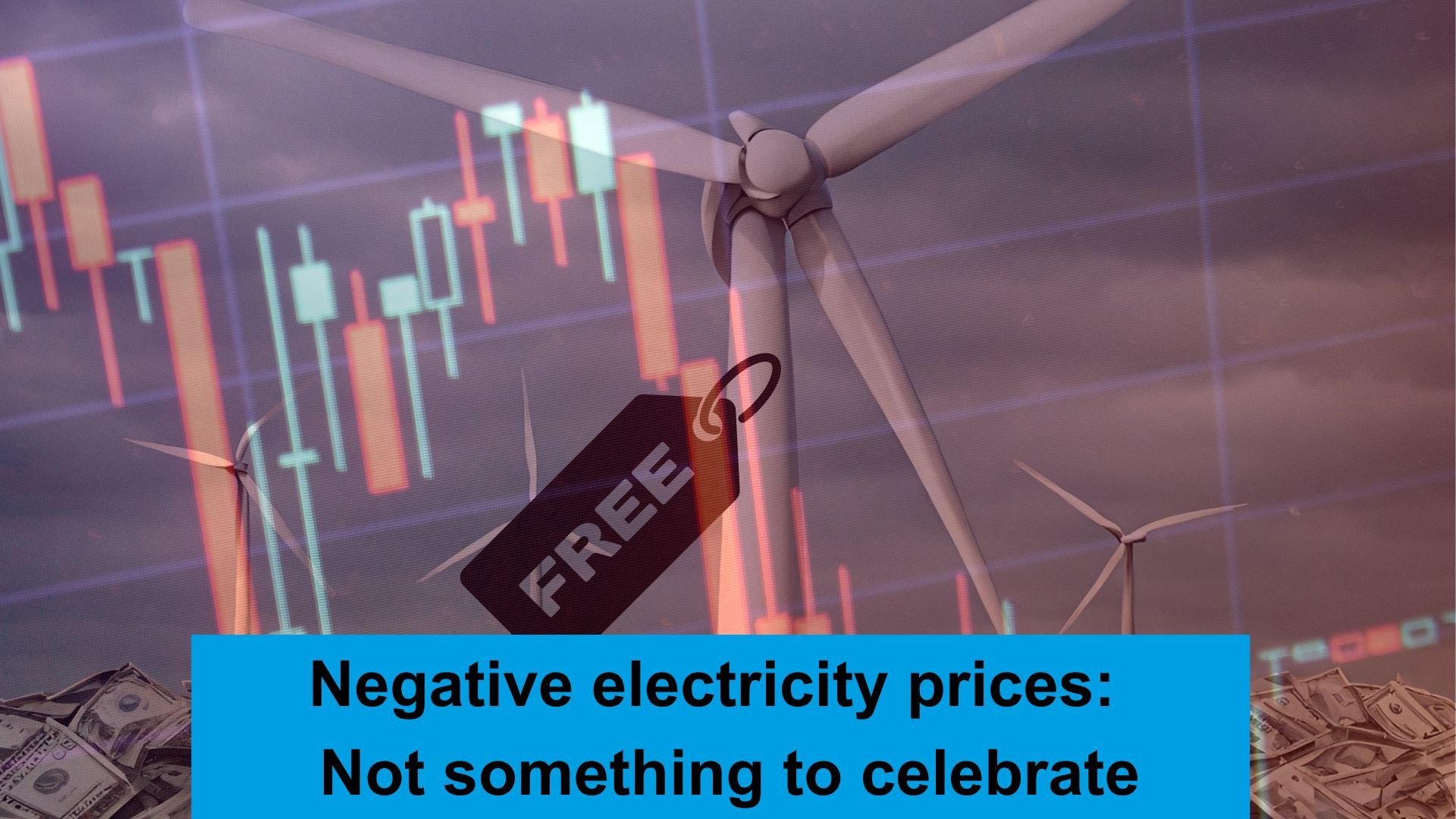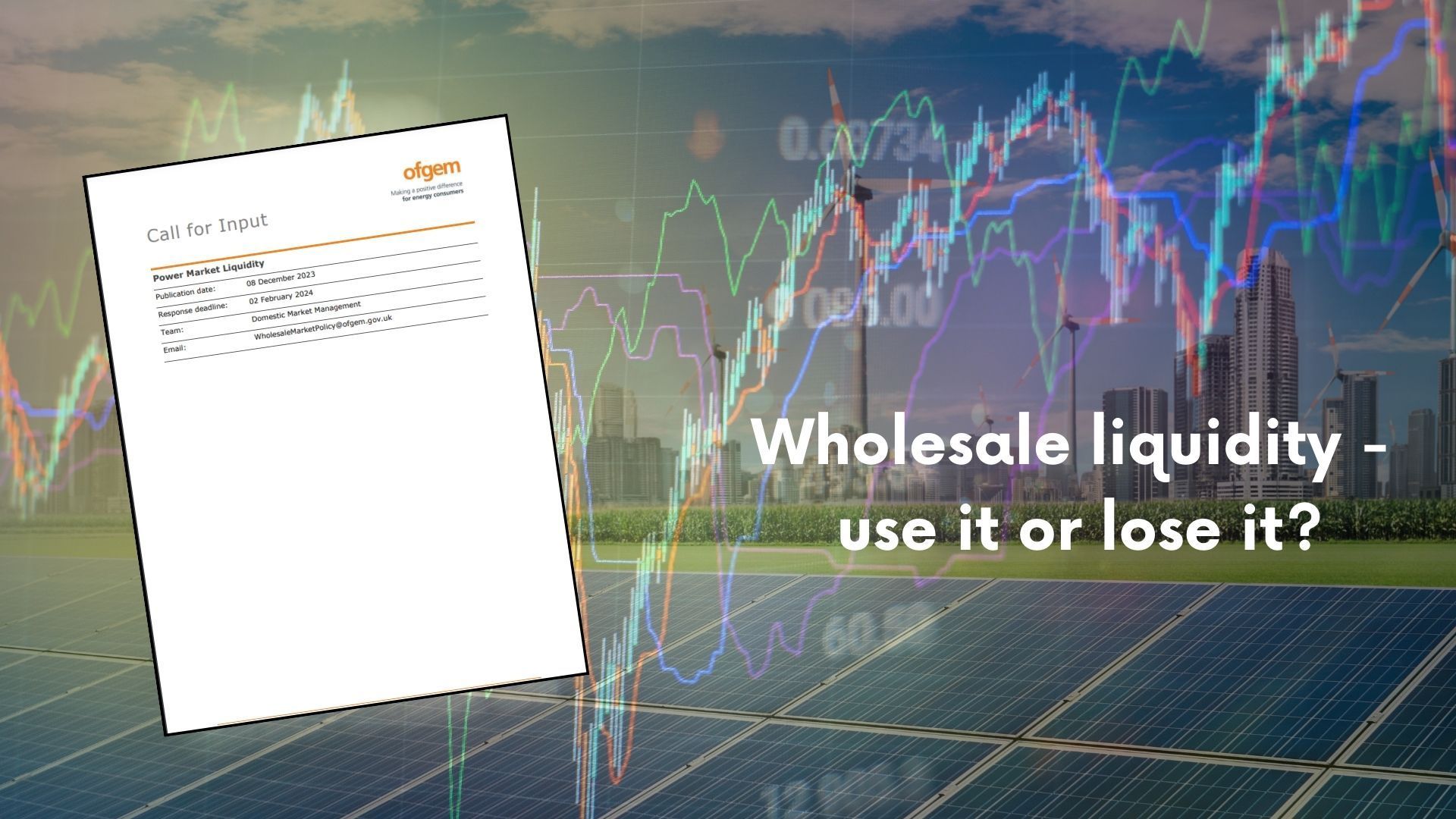Does electricity marginal pricing still make sense?

𝐌𝐚𝐫𝐠𝐢𝐧𝐚𝐥 𝐏𝐫𝐢𝐜𝐢𝐧𝐠: 𝐁𝐚𝐝 𝐆𝐮𝐲 𝐨𝐫 𝐌𝐢𝐬𝐮𝐧𝐝𝐞𝐫𝐬𝐭𝐨𝐨𝐝?
There is debate in some circles regarding the downsides of marginal pricing of electricity. What is it anyway? Why does it matter? What can be done about it?
𝐖𝐡𝐚𝐭 𝐢𝐬 𝐢𝐭?
Marginal Pricing is the process that sets all prices at the most expensive ‘marginal’ generation at any time. As each MWh can perform the same amount of work, it has the same value.
Although notionally a marginally priced market, it should be noted that the only part of the GB electricity market that sets an obligatory centrally cleared marginal price is at delivery (when market
participants are balanced by the system operator to keep the lights on). Most electricity is traded in advance of delivery by a contract, so although there is a short-term market value, it has little
direct impact on these transactions.
Pre the current market rules (before 2001) the electricity pool set a truly marginal price, that was paid by all customers and received by all generators based on a half hourly algorithm.
𝐖𝐡𝐲 𝐝𝐨𝐞𝐬 𝐢𝐭 𝐦𝐚𝐭𝐭𝐞𝐫?
Marginal prices at the time of delivery are often set by gas – so record high gas prices equal record high electricity prices. This price level bears no resemblance to the cost of most renewable generation.
This has been highlighted as an issue by the current Prime Minister amongst others, where gas is setting the price for ‘our’ cheap renewables and impacting customers bills. It is also highlighted in the
REMA consultation as something to be fixed.
𝐖𝐡𝐚𝐭 𝐜𝐚𝐧 𝐛𝐞 𝐝𝐨𝐧𝐞 𝐚𝐛𝐨𝐮𝐭 𝐢𝐭?
The current trading market is a bilateral over the counter market where 𝒑𝒂𝒓𝒕𝒊𝒆𝒔 𝒄𝒂𝒏 𝒕𝒓𝒂𝒏𝒔𝒂𝒄𝒕 𝒐𝒏 𝒂𝒏𝒚 𝒕𝒆𝒓𝒎𝒔 𝒕𝒉𝒆𝒚 𝒄𝒉𝒐𝒐𝒔𝒆. All trading contracts be they GTMA or PPA based are market constructs rather than compulsory. The only obligations come at the point of delivery to make sure that the volume of electricity transacted is notified to Elexon to allocate imbalance costs to the right place.
If buyers don’t like the marginal price model, they could simply choose to contract with generators on a capacity basis rather than an output one. This would reward ‘free’ generation against costs rather than the balancing marginal cost. Admittedly it would take all buyers to force the change – but there is no reason it couldn’t be done without market reform.
While there are various complex proposals circulating about the need for huge rule changes, market forces are more than capable of dealing with the perceived wrongs.
𝐒𝐨 𝐰𝐡𝐚𝐭?
At the point of delivery marginal pricing makes perfect sense, the electricity required to run the network is all doing the same job. Before then, market forces can determine what to do.
For fixed volume contracts, fixed demand weighted energy prices based on expected marginal price shapes make sense; for floating volume PPA/tolling type contracts less so.
Marginal pricing is much more misunderstood than it is a villain.
Share this on social media










